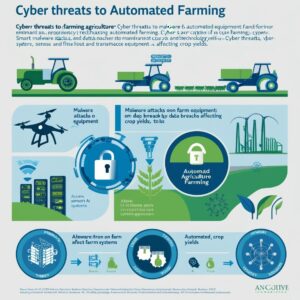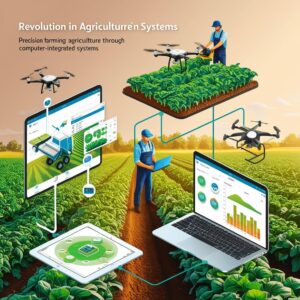Introduction:
Agriculture is the backbone of many economies, and investment in it is critical for boosting productivity and ensuring food security. Understanding the trends and levels of agricultural capital stock (ACS) is key to fostering such investment. The FAO (Food and Agriculture Organization) provides comprehensive data on on-farm ACS that spans over decades, covering various countries and regions. In this article, we will break down the different techniques and insights from FAO’s empirical measurement of investment in agriculture, highlighting its importance, how it varies across regions, and actionable tips for agricultural stakeholders to boost productivity.
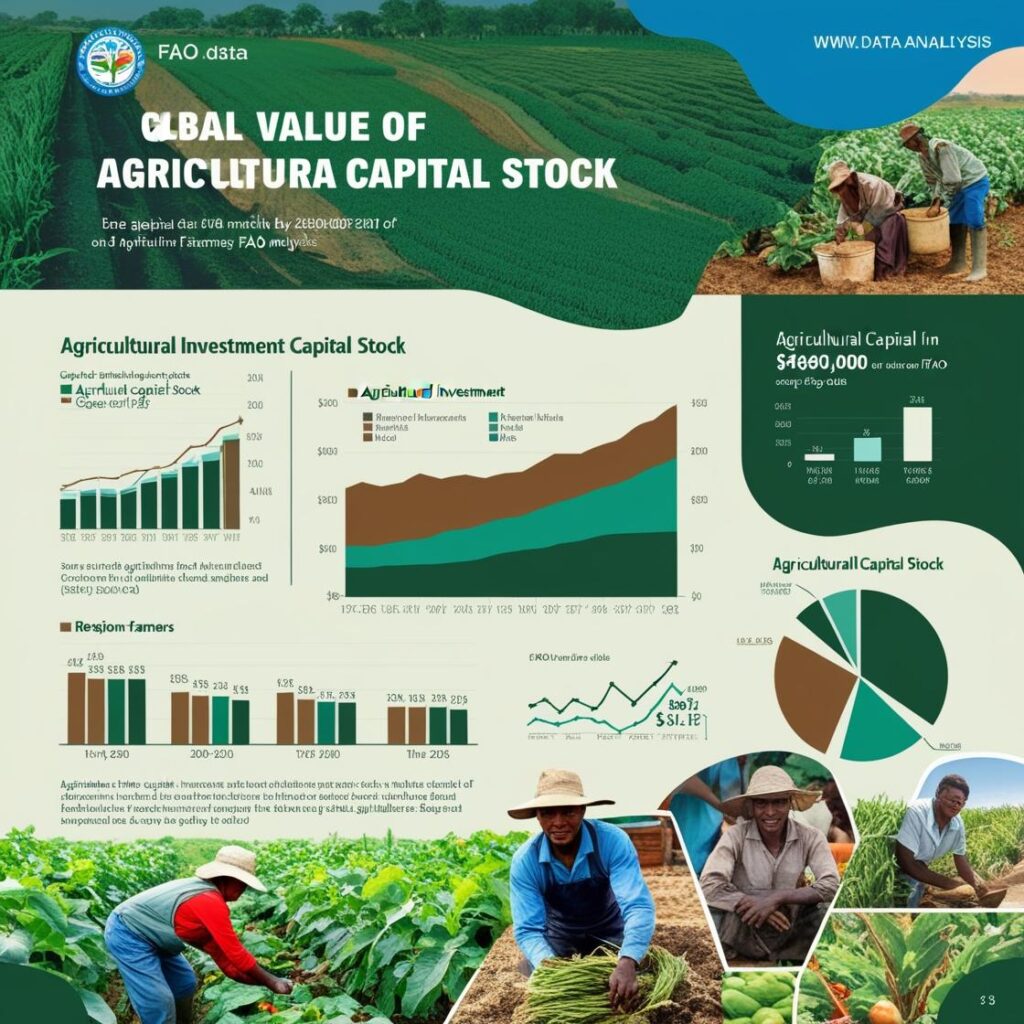
1. On-Farm Agricultural Capital Stock (ACS)
FAO’s data on agricultural capital stock (ACS) helps measure investment in agriculture by calculating the value of assets such as land, machinery, livestock, and farm structures. These estimates provide a comprehensive view of how investment has evolved from 1975 to 2007 in over 200 countries. The key takeaway is that these numbers help track the progress of agricultural productivity and the efficiency of labor and land.
Actionable Tip:
If you’re an agriculture enthusiast, start by focusing on improving the core agricultural assets on your farm. Invest in better machinery and infrastructure to ensure long-term growth in productivity.
Breakdown of ACS Components:
- Land Improvements: This covers the value of changes in land use, such as converting grassland to arable land.
- Livestock: Valuation of livestock resources and their associated infrastructure.
- Machinery: Investment in farm machinery helps improve the efficiency of agricultural work.
- Farm Structures: The construction of durable structures aids in farming sustainability.
Actionable Tip:
Consider modernizing your farm by acquiring better machinery. Even if you can’t make large-scale changes, incremental improvements in your tools can make a significant difference over time.
2. Trends in Agricultural Capital Stock (1980–2007)
The data shows global ACS has had a modest growth rate, averaging 0.6% per year from 1980 to 2007. However, this growth wasn’t uniform across regions. High-income countries saw a slight decline, while low- and middle-income countries had a more positive trajectory.
Regional Insights:
- Sub-Saharan Africa: Recorded a steady increase in ACS growth, reflecting ongoing efforts to boost agricultural capacity.
- East Asia and the Pacific: Experienced significant growth, particularly driven by countries like China.
- Europe and Central Asia: ACS growth showed a decline, pointing to economic challenges in agriculture.
Actionable Tip:
For smallholder farmers in developing countries, there’s a clear opportunity to capitalize on the positive growth in ACS. Government and private support for infrastructure and land improvements can further boost growth.
Table 1: Average Annual Growth in ACS (1980-2007)
| Region | 1980/90 | 1990/00 | 2000/07 | 1980/07 |
|---|---|---|---|---|
| World | 0.98% | 0.18% | 0.60% | 0.58% |
| High-income countries | 0.50% | -0.23% | -0.09% | 0.07% |
| Low- and middle-income countries | 1.28% | 0.42% | 0.98% | 0.88% |
| East Asia & Pacific (incl. China) | 2.15% | 1.79% | 1.40% | 1.82% |
| Sub-Saharan Africa | 1.30% | 1.51% | 1.89% | 1.53% |
This table underscores the disparity in ACS growth across regions. High-income countries are stagnating or declining, while low- and middle-income countries show stronger growth.
Actionable Tip:
Focusing investment on countries with declining ACS growth rates, especially in high-income nations, could create opportunities for innovation in agriculture.
3. Agricultural Capital Stock Per Worker
This metric measures how much capital (land, machinery, etc.) is available per agricultural worker, reflecting productivity. A key finding is that while global ACS per worker decreased by 0.5% annually from 1980 to 2007, regions like Latin America, the Middle East, and East Asia saw notable growth.
Actionable Tip:
Farmers should assess their capital-labor ratio to identify gaps in productivity. By investing in technology or acquiring more land, they can increase their capital per worker and enhance labor efficiency.
Table 2: Agricultural Capital Stock Per Worker Growth
| Region | ACS (2005/07) | ACS Annual Growth | Worker Growth | ACS per Worker Growth |
|---|---|---|---|---|
| World | $4,000 | 0.6% | 1.1% | -0.5% |
| High-income countries | $89,800 | 0.2% | -2.9% | 3.0% |
| Low- and middle-income countries | $2,600 | 0.9% | 1.2% | -0.3% |
| South Asia | $1,700 | 1.4% | 1.4% | 0.0% |
Actionable Tip:
Boosting capital per worker is especially crucial in regions like South Asia and sub-Saharan Africa, where labor force growth is outpacing capital investment.
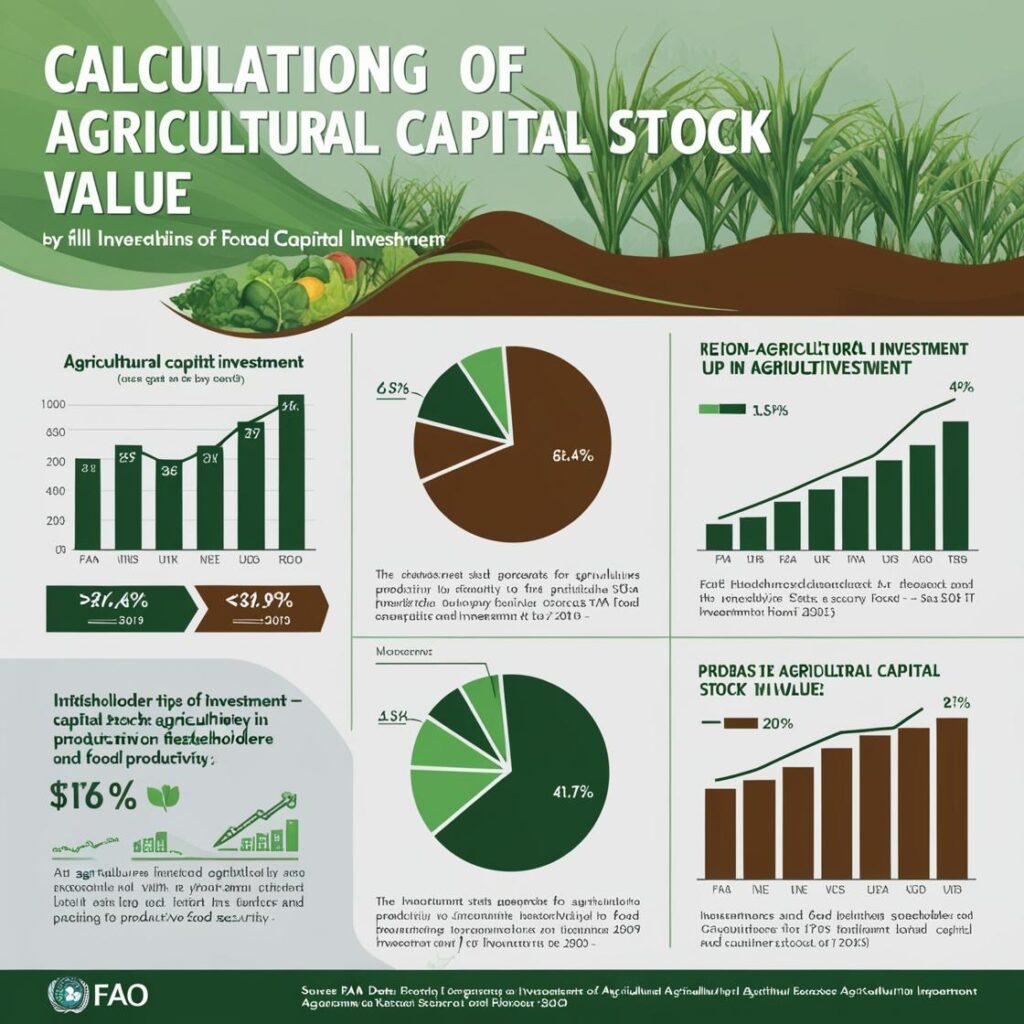
Conclusion
To summarize, the FAO’s data on agricultural capital stock sheds light on the necessity of ongoing investment in agricultural assets to improve productivity and ensure food security. Here are the key takeaways:
- Global growth in on-farm agricultural capital stock has been slow, averaging 0.6% annually.
- Low- and middle-income countries are showing better growth in ACS compared to high-income countries.
- Agricultural capital per worker has declined globally but is growing in regions like Latin America and East Asia.
Bullet Points for Instagram Reels and Canva Infographics:
- Global agricultural investment is growing at 0.6% annually.
- Low- and middle-income countries lead in agricultural capital stock growth.
- High-income countries are seeing declining or stagnating growth in ACS.
- Boost capital per worker for better labor productivity, especially in regions with low growth.
- Focus on land improvements, livestock, machinery, and structures for long-term gains.
This chapter delves into the necessity of investment in agriculture to enhance production and productivity. It emphasizes the importance of capital formation, not just on farms but also in agro-industries and public goods, particularly in rural areas.
Key Themes:
- Investment in Farm-level Capital:
- The chapter discusses the critical role of capital in boosting agricultural productivity, addressing factors like land, labor, and the technology that augments both.
- In developing countries, low productivity stems from the underuse of modern tools, knowledge, and technologies. Capital investments in these areas can reverse declining productivity.
- Agricultural development involves not just raw labor and land but also modern tools, skills, and technologies that increase labor and land productivity.
- Public Sector Investment:
- The public sector plays a vital role by providing rural public goods like infrastructure, education, and healthcare, which complement farm-level investment.
- Investment in public goods, especially research, education, and roads, has been shown to have significant positive impacts on productivity and poverty alleviation.
- Investment in Agro-Industry:
- As countries urbanize and incomes rise, there is an increased need for agricultural outputs to be processed and marketed. Agro-industry becomes crucial in this context.
- Investments in agro-industrial capital (e.g., storage, processing, transportation) directly influence agricultural production by providing essential inputs and creating markets for farm products.
Conclusion:
For agriculture to thrive and meet the growing demands of urban populations, investments must be made across the value chain, from the farm level to agro-industry and public infrastructure. These investments not only enhance productivity but also ensure sustainable agricultural growth, benefiting both farmers and broader economic development source.
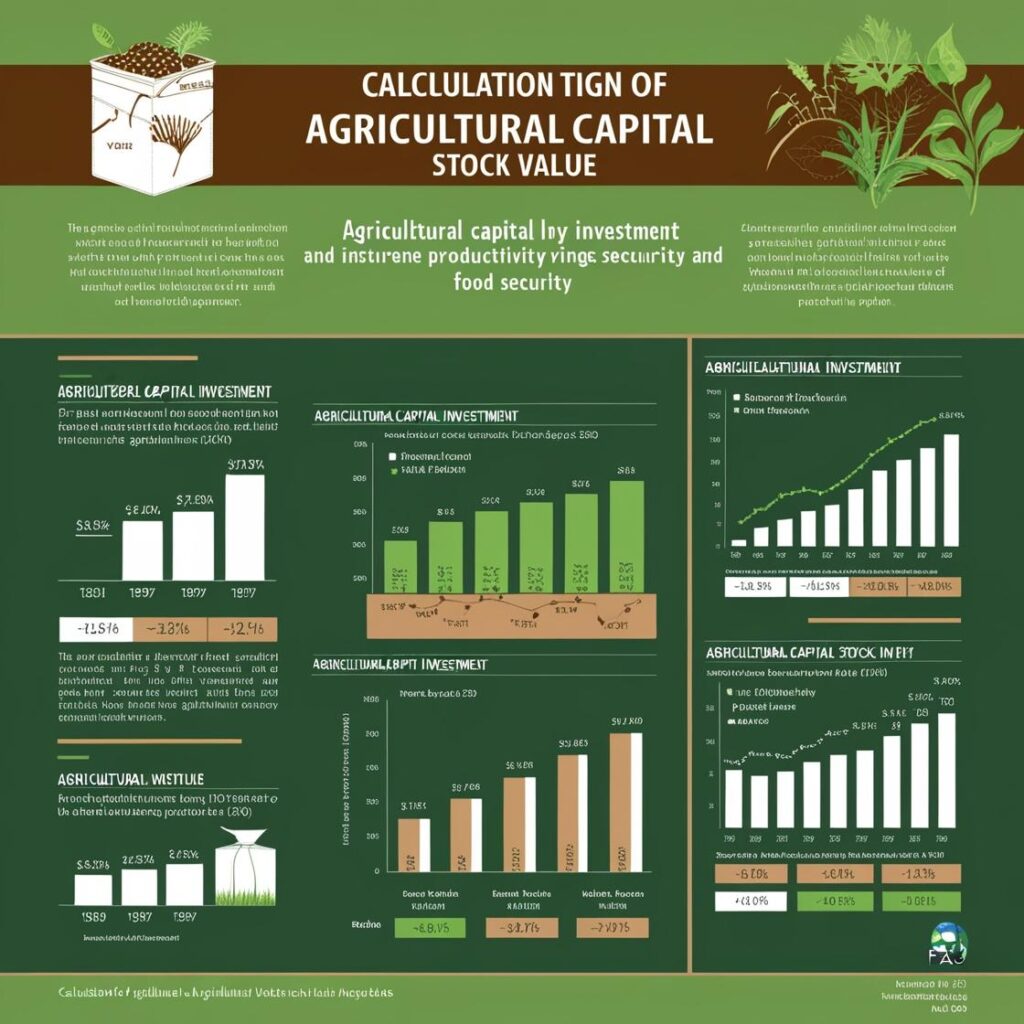
About Us
Welcome to Agriculture Novel, your go-to source for in-depth information and insights into the world of agriculture, hydroponics, and sustainable farming. Our mission is to educate, inspire, and empower a new generation of farmers, hobbyists, and eco-conscious enthusiasts. Whether you’re interested in traditional farming practices or modern innovations, we aim to provide comprehensive guides, expert tips, and the latest updates in agriculture and urban farming.
At Agriculture Novel, we believe in the power of knowledge to transform the way we grow, sustain, and nourish our world. Explore our articles on topics like Fruit Growing Guide, Hydroponics, Plant Deficiency Guide, and more.
Thank you for joining us on this journey towards a greener, more sustainable future!
About Agronique Horizon
At Agronique Horizon, we specialize in delivering comprehensive digital marketing and web development solutions tailored for the agriculture and hydroponics industries. From custom website design and app development to social media management, we provide end-to-end support for brands aiming to make a meaningful impact. Our team also offers innovative solutions for the real estate sector, bringing precision and visibility to your projects. Learn more about our services here and discover how we can elevate your digital presence.



